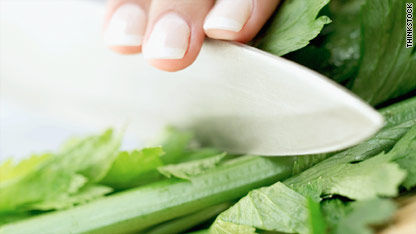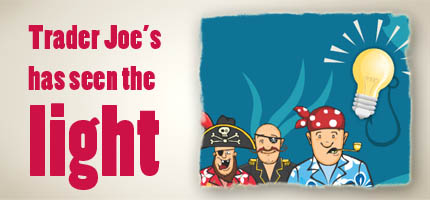After the SF Green Festival, I had an exponential increase of interest in learning about GMO’s (genetically modified organisms) after listening to information from the company, Alter Eco. The guest speaker, Mathieu Senard, has taken a poll on whether or not to use GMO packaging or continue to use plastic packaging for another 2 years until stable biodegradable packaging was available. The crowd favored the continuous use of plastic.
Not too familiar with the effects of GMO’s, I informed myself when I read the magazine “Common Ground” with the article called, “There’s a Non-GMO Revolution Coming, and You’re in Charge.” (pg. 47-51)
Did you know that there has been evidence since the mid-1990’s that GM food tests have detrimental effects on their test subjects? Dr. Arpad Pusztai, the world’s top scientist, was in charge of the experimenting of GM potatoes. “He got quite shocked when the rats developed potentially precancerous cell growth, partially atrophied livers, damaged immune systems, and smaller brains, livers, and testicles—in just 10 days!” When he went to the public with his concerns the was “fired, gagged, and defamed. His safety testing protocols were never implemented.” There has also been other studies and recent findings that GMOs are contributing to infertility, food allergies, autism, diabetes, and other mounting health trends. We see these effects on the farm animals that are consuming GM corn or Bt-toxin crops. These GMOs are typically found in soy, corn, cottonseed, canola, and sugar beets.
Since the FDA has turned its nose to such information regarding GMOs, it is up to us to take matters into our own hands. If “5% of citizens—15 million people—start choosing brands based on GMO content, that should be more then enough to hit the tipping point” to start the non-GMO revolution. To help support this movement, you can visit HealthierEathing.org and take action. They have a Facebook and Twitter that you can follow.
Also the Non-GMO Project is a helpful site that provides information on what companies to avoid. You can also follow them of Facebook and Twitter for additional information.


